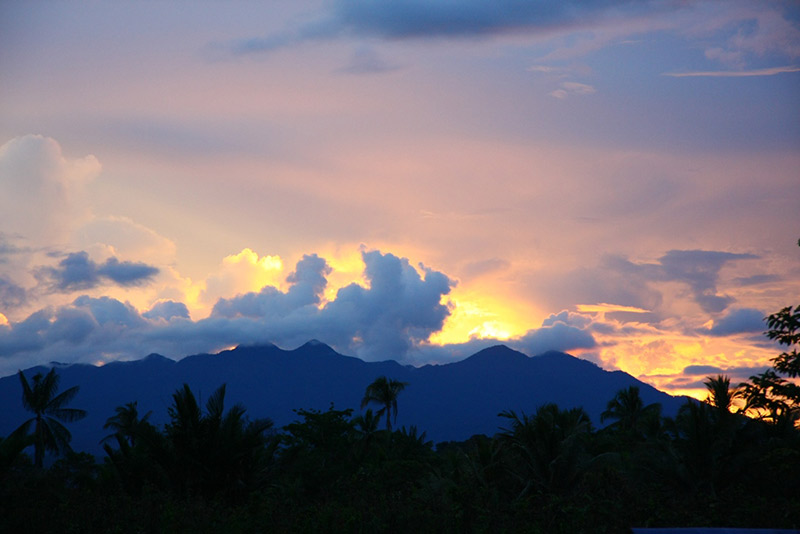Why Feature a Novel Setting in a “Land that Time Forgot?”
A DEEPER LOOK: PURSUED: TEN KNIGHTS ON THE BARROOM FLOOR (from the notes of Mel R. Jones and additional research)

Explorer Michael J. Leahy coined this phrase to describe New Guinea in his 1937 book The Land That Time Forgot: Adventures and Discoveries in New Guinea. D’Albertis, another New Guinea explorer, wrote about travel there being as difficult as anywhere in the world. ”It’s easier to cross the Alps than to ascend an ordinary hill in Papua,” he said.
New Guinea is the world’s second largest island, located north of Australia, in the Pacific Ring of Fire where several tectonic plates collide. Active volcanoes with eruptions and earthquakes are common in New Guinea. A spine of mountains called the New Guinea Highlands runs the length of the island with a long Papuan Peninsula called the “Bird’s Tail”.
The Papuan mainland is the eastern half of the island of New Guinea where the capital, Port Moresby, is located. After 60 years of Australian administration, which began during World War I, Papua New Guinea gained its independence in 1975 as a Commonwealth realm with Queen Elizabeth II as its head of state.
It is the world’s least explored and culturally diverse country. With a rural population and only 18 percent living in urban areas, New Guinea has groups of uncontacted peoples, 852 known languages, and many undiscovered species of plants and animals in the interior. Dense, tropical rain forests are found in the highlands, lowlands and coastal areas, with very large wetland areas surrounding the Sepik and Fly rivers. Some areas can only be reached on foot or by airplane. So why choose such a remote, primitive land as a novel setting?
In his acknowledgements, Jones relates that his interest in World War II and New Guinea was stirred in 1973. He served as an U.S. public affairs action officer on the news desk at the Pentagon, and was contacted by the Army Mortuary Service about news coverage of a B-24 Liberator bomber shot down in New Guinea in World War II, discovered 30 years later with remains recovered. He relates that this event captured his imagination and inspired the idea for his novel.
The New Guinea Campaign of World War II (1942-1945) was the scene of a major military conflict between Japan and the Allies. The war brought together Americans, Japanese, and Australians in the land of native Papuan tribes where these nations were engulfed in conflict. The natives had their own payback system and some practiced headhunting and cannibalism, not eradicated in many parts of the country until the late 20th century.
Jones’s novel opens as we look in on a search party on a mission to find a Qantas airliner that has disappeared in a remote area of the Southern Highlands Province of New Guinea in 1972. The group is headed by an Australian kiap, leery of cannibalistic natives that follow them. Instead of the airliner, they discover a crashed World War II U.S. B-24 bomber with the lettering Ten Knights on the Barroom Floor written on its fuselage.
What’s more, a recent crime scene is revealed within the fuselage of the wreckage, which will require the further investigation of a U.S. forensic pathologist, as well as a physical anthropologist and her U.S. Army remains recovery team to search for possible remains of the dead some 30 years later.
In Jones’s novel, the downed B-24 bomber is located near 8,000 foot Mount Bosavi feeding the Rentoul River in a region with one of the most dramatic landscapes on earth. The mountain is the collapsed cone of an extinct volcano which rises out of deeply creviced limestone hills. Its crater is 4 km wide and 1 km deep where a number of endemic species live. In 2009 an inter- national team of scientists and a television crew from the BBC participated in an expedition to remote Mount Bosavi in which more than 40 unknown species were discovered in its crater.
The U.S. investigative team in the novel is camped on the north side of the mountain between two antagonistic native tribes, the Tugaru mountain dwellers and the Riami river tribe. Obtaining their help, despite the language barrier, is essential in the team’s search for remains and/or possible survivors, and the determination of what happened there 30 years ago. An unfinished story, born out of war and silenced by time, nevertheless steadily engulfs the team in its suspenseful secrets as their investigations proceed.
So, what better place for a mystery novel setting than a lush jungle environment, not only with its beauty of primitive splendor, but also paradoxically with deadly dangers of its own?
[avatar]Marian[/avatar]
